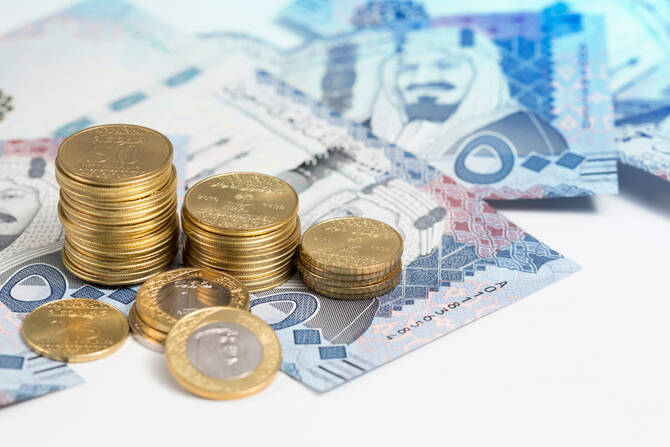Saudi Arabia’s banking sector continued its robust lending expansion in March, with total credit reaching SR3.1 trillion ($827.2 billion), marking a 16.26 percent year-on-year increase.
According to data from the Saudi Central Bank, also known as SAMA, this represents the highest annual rise in three years and eight months.
The surge was primarily fueled by corporate lending, which rose from 52.46 percent of total bank credit in March 2024 to 55.19 percent this year. Credit extended to businesses grew by 22.3 percent over this period to exceed SR1.71 trillion.
This shift underscores how businesses are now the dominant force shaping Saudi Arabia’s lending landscape, signaling the economy’s accelerating diversification.
Real estate activities continued to lead within the corporate loan mix, comprising 22 percent of business lending and growing by an impressive 40.5 percent year-on-year to reach SR374.5 billion. The sector’s continued expansion reflects heightened demand for housing, commercial infrastructure, and new development projects across the Kingdom’s mega-cities and giga-projects under Vision 2030.
Other key sectors included wholesale and retail trade, which held a 12.43 percent share with SR212.8 billion in lending. Manufacturing accounted for 11.05 percent, with SR189.18 billion in loans. The electricity, gas, and water supply sector comprised 10.6 percent, with loans totaling SR181.43 billion.
Each of these areas benefited from increased public and private sector spending and reforms targeting industrial growth and economic resilience.
Notably, education — while accounting for just 0.55 percent of corporate loans — posted the highest growth rate across all sectors at 44.7 percent, reaching SR9.35 billion. This surge aligns with the Kingdom’s efforts to expand educational access and upgrade academic infrastructure in line with long-term human capital goals.
Financial and insurance activities also showed strong momentum, expanding 38.41 percent to hit SR161.23 billion, ranking third in growth after real estate and education. The rise reflects increased demand for financial services, greater insurance penetration, and fintech integration across key economic sectors.
Meanwhile, retail lending stood at SR1.39 trillion in March, growing 9.6 percent year on year. However, its share of total credit declined from 47.54 percent in March 2024 to 44.81 percent this year, reflecting a gradual shift in the banking sector’s focus from consumer finance to business-driven growth.
This moderation in retail lending share comes despite strong performance in personal loans, auto finance, and housing credit, indicating that corporate and commercial financing now command greater attention from lenders responding to market trends and government priorities.
Source: Arabnews
